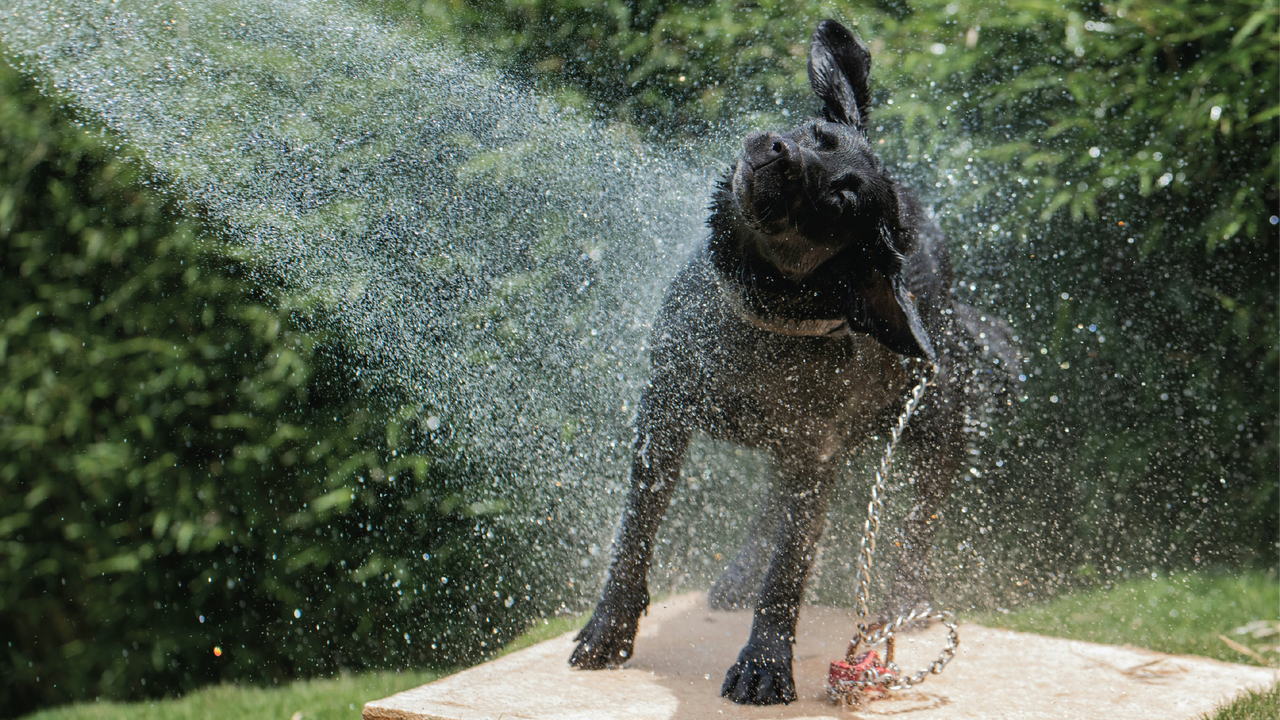Dog Bathing and Grooming Frequency
Keeping your dog clean and well-groomed is an essential part of their overall health and well-being. But how often should you bathe and groom your furry friend? The answer depends on various factors, including breed, coat type, lifestyle, and health needs. Here’s a comprehensive guide to help you determine the ideal grooming routine for your dog.
How Often Should You Bathe Your Dog?
Bathing frequency varies based on your dog’s specific needs. Here are some general guidelines:
1. Coat Type
- Short-haired breeds (e.g., Beagles, Boxers): Bathe every 4-6 weeks.
- Double-coated breeds (e.g., Golden Retrievers, Huskies): Bathe every 6-8 weeks, but ensure regular brushing to manage shedding.
- Curly or wavy coats (e.g., Poodles, Bichon Frises): Bathe every 4 weeks to maintain cleanliness and prevent matting.
- Hairless breeds (e.g., Xoloitzcuintli): Bathe weekly to keep the skin healthy and hydrated.
2. Lifestyle and Activity Level
- Dogs that spend a lot of time outdoors or enjoy rolling in dirt may need more frequent baths.
- Indoor dogs or those with minimal exposure to dirt can go longer between baths.
3. Skin Conditions
- Dogs with skin allergies, dryness, or other dermatological conditions may require medicated baths as directed by a vet.
4. Odour
- If your dog starts to smell unpleasant, it’s probably time for a bath, regardless of their last grooming session.
How Often Should You Groom Your Dog?
Grooming isn’t just about aesthetics—it’s vital for your dog’s comfort and health. Here’s what to consider:
1. Brushing
- Short coats: Brush once a week to remove loose hair and dirt.
- Double coats: Brush 2-3 times a week during shedding seasons.
- Long or thick coats: Daily brushing to prevent tangles and matting.
- Curly coats: Brush every other day to maintain texture and prevent knots.
- Trim your dog’s nails every 3-4 weeks or as needed. Long nails can cause discomfort and affect their gait.
3. Ear Cleaning
- Check and clean your dog’s ears weekly to prevent infections, especially in breeds with floppy ears.
- Brush your dog’s teeth at least 2-3 times a week using dog-specific toothpaste to promote good oral hygiene.
5. Professional Grooming
- For breeds with high-maintenance coats, schedule professional grooming every 4-6 weeks.
Tips for Stress-Free Grooming and Bathing
- Start early: Introduce grooming and bathing routines when your dog is a puppy to help them feel comfortable.
- Use the right products: Always use dog-specific shampoos and grooming tools to suit their coat type.
- Create a calm environment: Use treats and praise to make the experience positive.
- Watch for signs of stress: If your dog becomes anxious, take breaks or consult a professional.
- Provide an anxiety supplement pre bathing: shop our range here.
When to Seek Professional Help
Some dogs’ grooming needs may be best handled by professionals, especially for:
- Severe matting or tangles.
- Specialised cuts for breeds like Poodles or Schnauzers.
- Aggressive or fearful behaviour during grooming.
Every dog is unique, and their bathing and grooming schedule should reflect their individual needs. Regular grooming keeps your dog looking great and ensures they stay healthy and comfortable. By following these guidelines and tailoring them to your pet, you’ll create a grooming routine that works for both of you.
Recent Articles
-
Dog Shedding Guide: Causes, Breeds, and Tips to Reduce Shedding
17th Sep 2025If you’re constantly sweeping up fur or finding hair clinging to your clothes, you’re not alone. Dog
-
Who Let the Dogs Out? 5 Ways to Boost Outdoor Enrichment This Spring
17th Sep 2025The days are warmer, the flowers are blooming, and spring is finally here. For your dog, that means
-
Dog Bathing and Grooming Frequency
16th Jan 2025Keeping your dog clean and well-groomed is an essential part of their overall health and well-being.
- Read more articles




